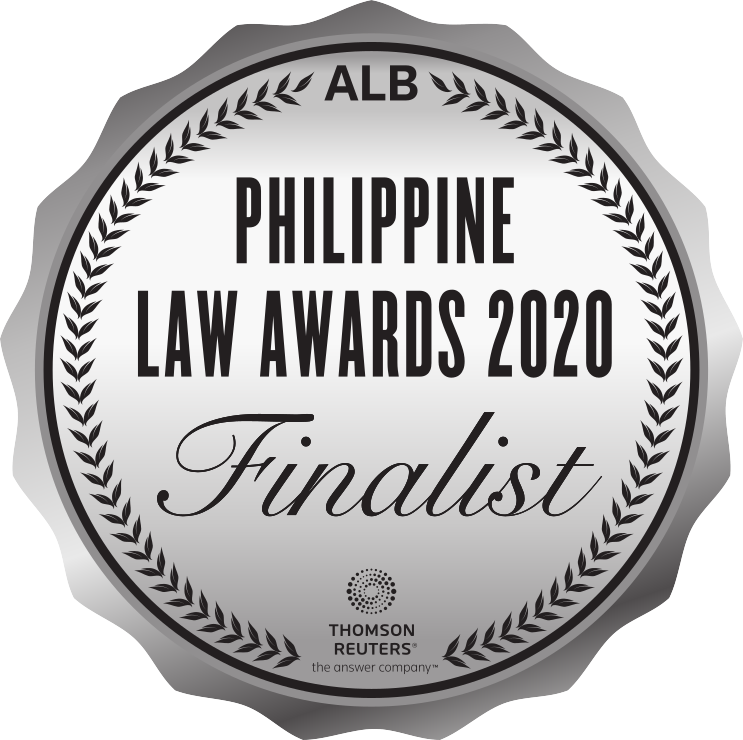Some twenty years ago, the Philippines enacted Republic Act No. 9262 or the Anti-Violence Against Women and Their Children Act (Anti-VAWC Act) pursuant to its policy of protecting the family and its members, particularly women and children, from violence and threats to their personal safety and security. This legislation sought to address violence committed against women and children, in keeping with the fundamental freedoms guaranteed under the Constitution, the Universal Declaration of Human Rights, the Convention on the Elimination of All Forms of Discrimination Against Women (CEDAW), Convention on the Rights of the Child, and other international human rights instruments to which the Philippines is a party.
What are considered violations of the Anti-VAWC Act?
Section 5 of the Anti-VAWC Act considers the following as crimes of violence against women and their children:
(a) Causing physical harm to the woman or her child;
(b) Threatening to cause the woman or her child physical harm;
(c) Attempting to cause the woman or her child physical harm;
(d) Placing the woman or her child in fear of imminent physical harm;
(e) Attempting to compel or compelling the woman or her child to engage in conduct which the woman or her child has the right to desist from or to desist from conduct which the woman or her child has the right to engage in, or attempting to restrict or restricting the woman’s or her child’s freedom of movement or conduct by force or threat of force, physical or other harm or threat of physical or other harm, or intimidation directed against the woman or child. This shall include, but not limited to, the following acts committed with the purpose or effect of controlling or restricting the woman’s or her child’s movement or conduct:
(1) Threatening to deprive or actually depriving the woman or her child of custody or access to her/his family;
(2) Depriving or threatening to deprive the woman or her children of financial support legally due her or her family, or deliberately providing the woman’s children insufficient financial support;
(3) Depriving or threatening to deprive the woman or her child of a legal right;
(4) Preventing the woman in engaging in any legitimate profession, occupation, business or activity or controlling the victim’s own money or properties, or solely controlling the conjugal or common money, or properties;
(f) Inflicting or threatening to inflict physical harm on oneself for the purpose of controlling her actions or decisions;
(g) Causing or attempting to cause the woman or her child to engage in any sexual activity which does not constitute rape, by force or threat of force, physical harm, or through intimidation directed against the woman or her child or her/his immediate family;
(h) Engaging in purposeful, knowing, or reckless conduct, personally or through another, that alarms or causes substantial emotional or psychological distress to the woman or her child. This shall include, but not be limited to, the following acts:
(1) Stalking or following the woman or her child in public or private places;
(2) Peering in the window or lingering outside the residence of the woman or her child;
(3) Entering or remaining in the dwelling or on the property of the woman or her child against her/his will;
(4) Destroying the property and personal belongings or inflicting harm to animals or pets of the woman or her child; and
(5) Engaging in any form of harassment or violence;
(i) Causing mental or emotional anguish, public ridicule or humiliation to the woman or her child, including, but not limited to, repeated verbal and emotional abuse, and denial of financial support or custody of minor children or denial of access to the woman’s child/children.
The above acts of violence may be generally classified into (1) physical violence, (2) sexual violence, (3) psychological violence, and (4) economic abuse. While physical and sexual violence can be said to be the most visible forms of violence, recent Supreme Court rulings brought the other forms of abuse into light.
For instance, in a case where the husband cohabited with another woman while his wife was working abroad, the Court found the husband guilty of violating Sec. 5(i) of the law and was sentenced to suffer prision mayor and a fine. [XXX vs. People, G.R. No. 250219, 01 March 2023]
On the other hand, in explaining the economic abuse contemplated under R.A. No. 9262, the Court elucidated that mere failure to provide financial support is insufficient to support a conviction. The Anti-VAWC Act was not meant to make the partners of women criminals just because of a failure or inability to financially provide.
In XXX vs. People [G.R. No. 255877, 29 March 2023], a seafarer husband initially provided financial support to his wife but eventually failed to do so when his parents allegedly incurred increasing medical expenses from sickness. The Court ruled that in the absence of proof that the husband willfully or consciously withheld financial support legally due the woman for the purpose of inflicting mental or emotional anguish upon her, the husband must be acquitted of the crime of economic abuse under the Anti-VAWC Act. Further, the normal remedy of a person deprived of financial support is to file a civil case for support against the delinquent person consistent with the provisions of the New Civil Code and the Family Code.
Who can be the victims of acts of violence/abuse under the Anti-VAWC Act?
Under law, the following may be victims of violence: (1) a woman who is the offender’s wife, (2) former wife, or (3) a woman with whom the offender has or had a sexual or dating relationship, or (4) a woman with whom the offender has a common child, or (5) against her child whether legitimate or illegitimate. This enumeration includes even women who are in adulterous relationships. [XXX vs. AAA, G.R. No. 18715, 06 July 2022].
The law defines “children” as those below eighteen (18) years of age or older but are incapable of taking care of themselves – this includes the biological children of the victim and other children under her care. However, it must be noted that for purposes of the protection orders, the law does not distinguish children as to their age. “Designated family or household members” may be possible beneficiaries of protection orders. [Section 4(c), A.M. 04-10-11-SC].
Who can be a perpetrator of acts of violence/abuse under the Anti-VAWC Act?
Any person, male or female, may be held liable under the Anti-VAWC Act. While the Anti-VAWC Act excludes men as victims, this does not mean that the law denies a father of its remedies solely because of his gender. Thus, mothers who abuse their children can be held liable in suits brought by the fathers of minor children. [Knutson v. Sarmiento-Flores, G.R. No. 239215, 12 July 2022]. And because of the use of the gender-neutral word “person,” even those in lesbian sexual or dating relationships are covered under the law. [Jacinto v. Fouts, G.R. No. 250627, 07 December 2022].
What are the remedies available under the Anti-VAWC Act?
Aside from the penal provisions, victims of violence may also avail of protection orders. A protection order is issued for the purpose of preventing further acts of violence against a woman or her child, and granting other necessary reliefs. There are three (3) kinds of protection orders under the Act:
1. Temporary Protection Order
-Effective for 30 days
-Issued by the court on the date of filing of the application after ex parte determination that such order should be issued
2. Permanent Restraining Order
-Effective permanently
-Issued by the court after notice and hearing. The court shall schedule a hearing on the issuance of the PPO prior to or on the date of the expiration of the TPO.
3. Barangay Protection Order
-Effective for 15 days
-Issued by the Punong Barangay or the Barangay Kagaward, to the applicant on the date of filing after ex parte determination on the basis of the application.
Section 9(b) of the Anti-VAWC Act allows “parents or guardians of the offended party” to file a petition for protection orders. The law did not qualify on who between the parents of the victim may apply for protection orders. In the case of Knutson v. Sarmiento Flores, the Court said that the law speaks in clear language when it used the word “parents” pertaining to the father and the mother of the woman or child victim.
In recent years, the unique factual circumstances surrounding the cases before the Supreme Court have resulted in an evolution of how we understand the Anti-VAWC Act today. These could guide the public, most especially women and their children who find themselves in difficult circumstances, on their rights and the remedies available to them under the law.




